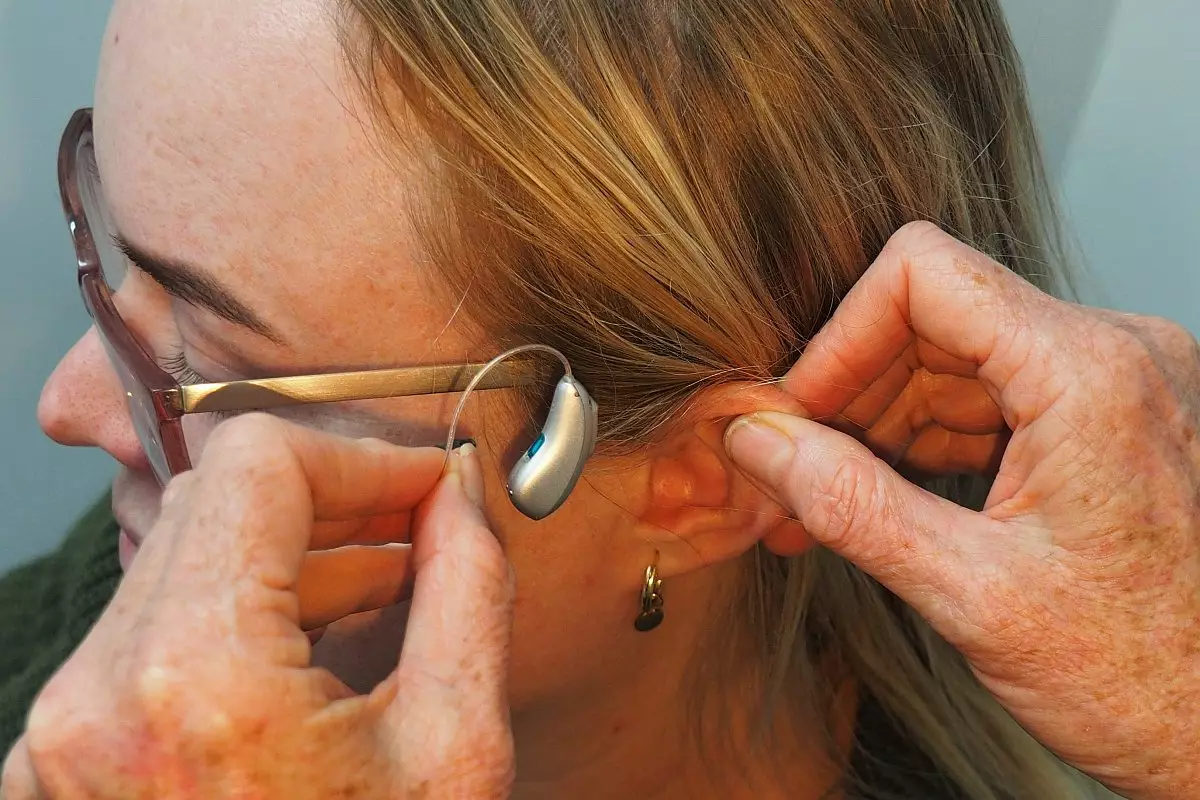In a significant stride toward inclusivity, the Federal Communications Commission (FCC) of the United States has rolled out groundbreaking regulations that require all mobile phones sold in the country to be hearing aid compatible. This decision, which impacts approximately 48 million individuals suffering from varying degrees of hearing loss, is a necessary response to the growing demand for accessible technology in an increasingly digital world.
The new regulations mandate that every mobile handset introduced in the U.S. must meet specific criteria for compatibility with hearing aids. Historically, individuals with hearing impairments have faced challenges in using mobile phones without experiencing discomfort or diminished audio quality. According to the FCC, the aim of these new rules is to enhance the user experience for people with hearing loss by ensuring that they can utilize mobile technology without hindrance. The push for inclusivity reflects a growing recognition of the need for universal access to communication tools.
Furthermore, the FCC’s commitment to accessibility extends beyond just mobile phones. By acknowledging cochlear implants within their definition of hearing aids, the regulations cater to a wider range of assistive devices. This comprehensive approach underscores the importance of making technology accessible to all, irrespective of their level of hearing loss.
Details of the New Regulations
While the FCC has not specified a deadline for compliance, it does stipulate that mobile phone manufacturers must ensure that 100% of their devices are compatible with hearing aids. Prior to this, manufacturers were only required to comply with a benchmark of 85%. This leap forward marks a significant shift in regulatory expectations and reflects the evolving landscape of consumer needs.
The FCC has partnered with the Hearing Aid Compatibility (HAC) Task Force, which includes a diverse group of stakeholders, including smartphone manufacturers and representatives from the hearing-impaired community. This collaboration aims to create standards that are realistic and beneficial for all parties involved. By relying on insights from a variety of sources, the FCC is ensuring that the regulations it sets forth are not only enforceable but also practical.
Several prominent smartphone brands have already pledged compliance with the FCC’s standards. Companies like Apple, Google, and Samsung have made significant strides in this domain. For instance, Apple’s lineup from the iPhone 6 to the iPhone 16 boasts hearing aid compatibility. Google’s Pixel phones likewise are designed with this accessibility in mind. Samsung has indicated that most of its recent Galaxy S and Z series models are hearing aid friendly.
In addition to aiding individuals with hearing loss, the new regulations will compel smartphone manufacturers to abandon proprietary Bluetooth standards in favor of universal protocols. This move is expected to enhance the connectivity between devices and hearing aids, allowing for a seamless integration of accessibility features. Along with compatibility, manufacturers are now required to provide detailed product information regarding their compliance with the new standards.
The implications of these new regulations are profound. By mandating that mobile phones adhere to volume control benchmarks, the FCC is ensuring that users who do not use hearing aids, alongside those who rely on them, will benefit from improved sound quality. This dual focus promotes a sense of community and shared accessibility among smartphone users.
The FCC’s new hearing aid compatibility rules are a pivotal development in the quest for equitable access to technology. By placing a strong emphasis on inclusivity, the FCC not only reaffirms the rights of individuals with hearing loss but also signals to manufacturers the critical importance of accommodating diverse consumer needs. As we look to the future, it is essential for both regulatory bodies and technology developers to prioritize accessibility, ensuring that no one is left behind in this digital age.


Leave a Reply